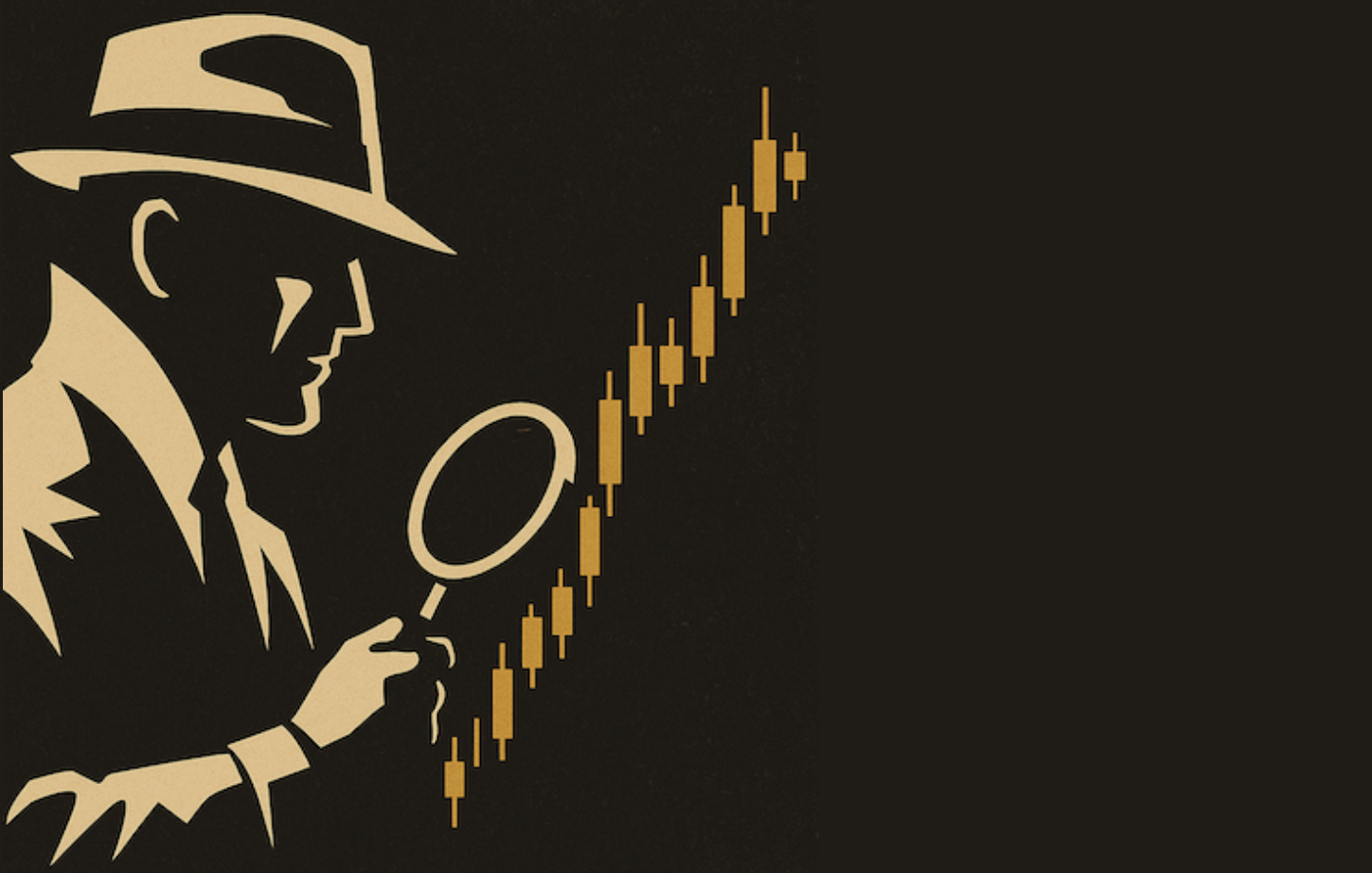QQQ HOLDS BREAKOUT WITH SMALLER CONSOLIDATION -- RSI FAILURE SWINGS TAKE SHAPE IN XLY, SPY, XHB AND IGN -- BULLISH PERCENT INDEX LAGS THE DOW INDUSTRIALS -- LIGHT CRUDE AND BRENT CRUDE FALL SHARPLY -- FALLING FLAGS FORM IN THREE EMERGING MARKET ETFS
QQQ HOLDS BREAKOUT WITH SMALLER CONSOLIDATION... Link for todays video. Last week I wrote about narrowing Bollinger Bands in the Nasdaq 100 ETF (QQQ) and the ETF broke above the upper band with a close above 68 last Thursday. This move looked significant because QQQ also broke out of a six week consolidation (66-67.5) with a gap and fairly strong close. Well, QQQ moved right back into another, and smaller, consolidation with a range 68.23 and 67.62 the last six days. The gap and breakout are holding for the most part, but lack of follow through is a concern. A move below 67.5 would put QQQ back into the gap zone and this would be negative. Medium-term support resides at 66 still and a break below this level would reverse the medium-term uptrend. The indicator window shows the Aroon oscillator turning bullish with Aroon Up crossing Aroon Down to start the year. Even though the Aroon brothers remain in bull mode, this weeks surge in Aroon down is a potential negative. A follow through break above Aroon green would turn this indicator pair bearish.

(click to view a live version of this chart)
Chart 1
RSI FAILURE SWINGS TAKE SHAPE IN XLY, SPY, XHB AND IGN... Welles Wilder, creator of RSI, featured bullish and bearish failure swings in his classic book, New Concepts in Technical Trading Systems. According to Wilder, these failure swings form in RSI and are independent of price action. A bullish failure swing occurs when RSI moves below 30 to become oversold, bounces above 30, pulls back, fails to break 30 again and then advances above the prior peak. It basically signals the start of an uptrend in RSI. A bearish failure swing occurs when RSI moves above 70 to become overbought, declines below 70, bounces, fails to break 70 again and then declines below the most recent trough. This sequence signals the start of a downtrend in RSI.

(click to view a live version of this chart)
Chart 2

(click to view a live version of this chart)
Chart 3
Bearish failure swings are currently taking shape on several key charts. These are not yet confirmed because a break below the prior trough is needed for confirmation. In other words, we do not have bearish signals just yet. Chart 2 shows the Consumer Discretionary SPDR (XLY) with a bearish failure swing in the works for RSI. A break below the early February low would confirm this pattern. Chart 3 shows the S&P 500 ETF (SPY) with RSI near 70 today. A close above 70 would negate the bearish failure swing. Chart 4 shows the Homebuilders SPDR (XHB) with a bearish failure swing in the works, but still not confirmed. Chart 5 shows the Networking iShares (IGN) with RSI failing to break above 70 this month. You can read more about RSI in our ChartSchool article.

(click to view a live version of this chart)
Chart 4

(click to view a live version of this chart)
Chart 5
BULLISH PERCENT INDEX LAGS THE DOW INDUSTRIALS ... The Bullish Percent Index measures the percentage of stocks on a P&F buy signal (Double Top Breakout). This indicator is as black and white as indicators get. A stock is either on a P&F buy signal or it is not, in which case it is on the P&F sell signal (Double Bottom Breakdown). There are at least three ways to use the Bullish Percent Indices. First, the direction of the Bullish Percent Index can be used to confirm the trend in the underlying index. Second, readings above 70 point to overbought conditions, while readings below 30% suggest oversold conditions. Careful with overbought/oversold because markets can become overbought/oversold and remain so during extended trends. The third method is to look for indicator divergences to foreshadow trend reversals.

(click to view a live version of this chart)
Chart 6
With the Dow trading near 14,000 and within 200 some points of its all time high, one would expect the Bullish Percent Index to be at relatively high levels. Chart 6 shows the Dow Industrials BPI ($BPINDU) above 95% in early 2012 when the Dow was trading above 13,000 and in an uptrend. Even though the Dow surged to a 52-week high the last few weeks, the Bullish Percent Index has yet to exceed 80%. While I would not call this reading weak, it certainly seems like it should be stronger. The Bullish Percent Index is, however, moving in the right direction, which is up. A move below 70% would break the trend line extending up from the November low and put the Bullish Percent Index on a downward trajectory. Also, notice that a potential bearish divergence is brewing because the indicator is below its September high and the Dow is above its September high. A downturn and trend line breakout would confirm this divergence and trigger a bearish signal. Chart 7 shows the Consumer Discretionary BPI ($BPDISC) stalling over the last few weeks with support at 74. A break below this level would signal a downturn in the BPI. StockCharts provides Bullish Percent Index for 19 indices. Click here for the full list.

(click to view a live version of this chart)
Chart 7
LIGHT CRUDE AND BRENT CRUDE FALL SHARPLY... Oil fell sharply on Friday with the US Oil Fund (USO) plunging around 2% and Brent Crude ETF (BNO) falling over 1%. Todays weakness was attributed to concerns that the G20 may try to limit easy monetary policies of the central banks (currency wars). Gold and silver are also getting creamed. Before taking this story too serious, note that the G20 and G7 are famous for issuing grand communiqus with no teeth. Chart 8 shows the US Oil Fund hitting resistance in the 35.50 area and dropping to first support in the 34.50 area. The early February lows mark support here and a break would reverse the uptrend that began in early December. Broken resistance in the 33 area would then become the next target. The indicator window shows MACD moving below its signal line and working its way lower the last two weeks.

(click to view a live version of this chart)
Chart 8

(click to view a live version of this chart)
Chart 9
Chart 9 shows the Brent Crude ETF surging above 88 in early February and falling back on Friday. The move from 78.2 to 88.70 was pretty much straight up without a decent correction. Brent crude is sourced in the North Sea and serves as the European benchmark for oil prices. BNO was clearly overbought above 88 and ripe for a correction of some sorts. Broken resistance in the 82-83 area marks the first major support zone to watch.
FALLING FLAGS FORM IN THREE EMERGING MARKET ETFS... Emerging market ETFs have been weakening since early January and show relative weakness this year. There are two ways to look at this. First, relative weakness is a negative and could foreshadow weaker prices in the future. Second, the declines over the last six weeks are corrections after sharp advances. The six week downtrends and relative weakness get the edge, but traders should be on guard for breakouts that could change this. The falling flag is a bullish continuation pattern that forms after an advance. It represents a rest or correction that can set the stage for another leg higher. The bearish have a short-term edged as long as the flag falls. A break above the upper flag trend line is the first bullish trigger. A follow through break above the most recent flag peak fully reverses the short-term downtrend. Chart 10 shows the Emerging Markets iShares (EEM) surging from mid November to early January and then forming a falling flag the last several weeks. EEM is challenging the upper trend line and a breakout would provide the first positive sign. The 1-Feb high marks key resistance from the recent flag peak. A break above this level would fully reverse the six week downtrend. The indicator window shows MACD hitting the zero line and starting to turn up. A signal line crossover would be bullish for momentum. Chart 11 shows the Emerging Markets VIPERS (VWO) with a similar pattern. Chart 12 shows the Brazil iShares (EWZ) surging to its September high in early January and then forming a falling flag.

(click to view a live version of this chart)
Chart 10

(click to view a live version of this chart)
Chart 11











